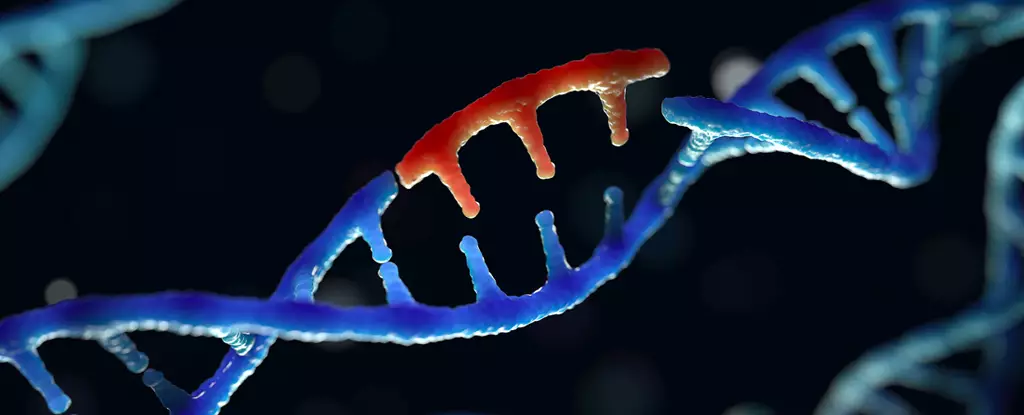When viruses invade our bodies, they can leave behind fragments of their DNA that become integrated into our genomes. These remnants, known as endogenous retroviruses (ERVs), were once considered to be inactive and insignificant. However, recent research has revealed that these “zombie virus” parts can have a significant impact on human health. University of Colorado bioinformatician Atma Ivancevic and genome biologist Edward Chuong have found that cancer cells can exploit these ancient viral sequences to promote their own growth and survival.
Despite being labeled as “junk” DNA, ERVs played a crucial role in the evolution of mammals. In fact, these viral leftovers were instrumental in the development of the placenta, a structure essential for supporting pregnancy in mammals. Without the contribution of ERVs, human life as we know it would not exist. However, the beneficial effects of ERVs come with a downside, as their activation in cancer cells can lead to the dysregulation of genes involved in tumor growth.
Uncovering the Mechanisms of Cancer
In a groundbreaking study on colorectal cancer, researchers discovered that a specific ERV called LTR10 was responsible for controlling the expression of genes that drive tumor formation. By deactivating LTR10 in cancer cells, the researchers were able to suppress the expression of cancer-promoting genes, such as XRCC4, which is associated with therapy resistance. This finding suggests that LTR10 acts as an epigenetic switch, dictating the behavior of cancer-related genes within tumors.
The Potential Impact on Cancer Treatment
The identification of LTR10 as a key regulator of cancer-associated genes opens up new possibilities for targeted cancer therapies. By understanding how these zombie virus parts manipulate gene expression in tumors, researchers may be able to develop more effective treatment strategies. Additionally, further studies utilizing patient-derived organoids could provide valuable insights into the specific genes influenced by ERVs in different types of cancer.
As we age, the activity of ERVs may intensify as our immune defenses weaken, potentially contributing to the development of other health conditions. Scientists believe that a deeper understanding of these viral remnants could shed light on the underlying mechanisms of complex diseases. By unraveling the interconnected pathways involving ERVs and cancer, researchers are gradually deciphering the enigmatic aspects of human biology that govern these intricate conditions.


Leave a Reply